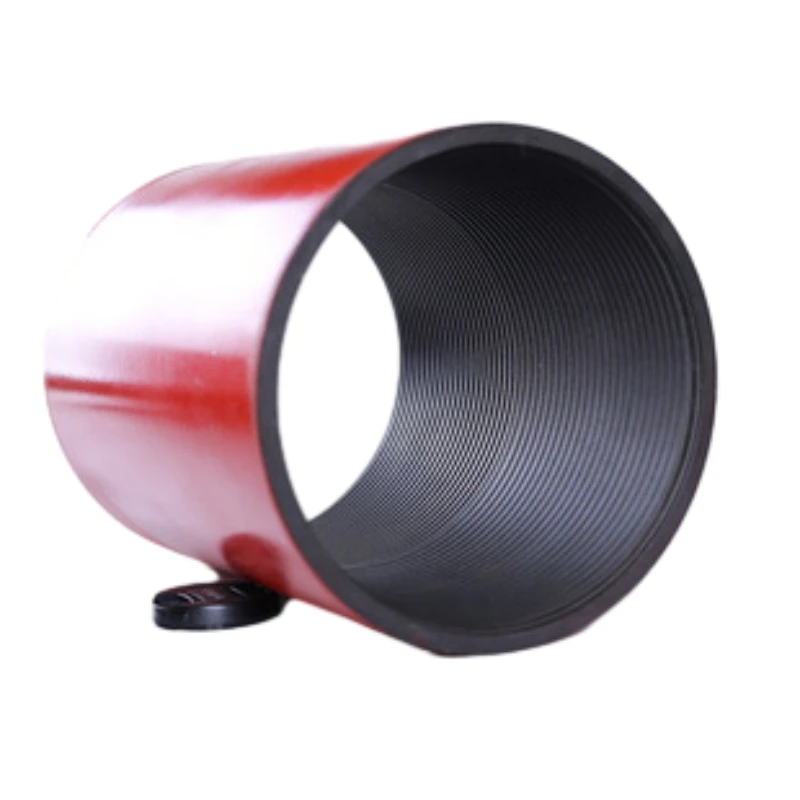- Afrikaans
- Albanian
- Amharic
- Arabic
- Armenian
- Azerbaijani
- Basque
- Belarusian
- Bengali
- Bosnian
- Bulgarian
- Catalan
- Cebuano
- Corsican
- Croatian
- Czech
- Danish
- Dutch
- English
- Esperanto
- Estonian
- Finnish
- French
- Frisian
- Galician
- Georgian
- German
- Greek
- Gujarati
- Haitian Creole
- hausa
- hawaiian
- Hebrew
- Hindi
- Miao
- Hungarian
- Icelandic
- igbo
- Indonesian
- irish
- Italian
- Japanese
- Javanese
- Kannada
- kazakh
- Khmer
- Rwandese
- Korean
- Kurdish
- Kyrgyz
- Lao
- Latin
- Latvian
- Lithuanian
- Luxembourgish
- Macedonian
- Malgashi
- Malay
- Malayalam
- Maltese
- Maori
- Marathi
- Mongolian
- Myanmar
- Nepali
- Norwegian
- Norwegian
- Occitan
- Pashto
- Persian
- Polish
- Portuguese
- Punjabi
- Romanian
- Russian
- Samoan
- Scottish Gaelic
- Serbian
- Sesotho
- Shona
- Sindhi
- Sinhala
- Slovak
- Slovenian
- Somali
- Spanish
- Sundanese
- Swahili
- Swedish
- Tagalog
- Tajik
- Tamil
- Tatar
- Telugu
- Thai
- Turkish
- Turkmen
- Ukrainian
- Urdu
- Uighur
- Uzbek
- Vietnamese
- Welsh
- Bantu
- Yiddish
- Yoruba
- Zulu
Understanding the Role of Well Tubing and Casing in Oil and Gas Operations
Understanding Well Tubing and Casing Essential Components of Oil and Gas Production
In the realm of oil and gas extraction, well tubing and casing are critical components that ensure the efficient and safe extraction of resources from beneath the earth's surface
. Both elements play unique roles in the drilling and production process, and understanding their functions is vital for anyone involved in the industry.Well casing is the series of pipes that are installed in an oil or gas well to provide structural integrity and protect the wellbore from collapse. Typically made of steel, casing serves multiple purposes it keeps the borehole open, prevents contamination of groundwater, and isolates different geological layers to avoid unwanted cross-flow of fluids. The casing is cemented into place, which helps stabilize the surrounding formation and provides a barrier against any potential leaks.
There are various types of casing, including surface casing, intermediate casing, and production casing, each serving a distinct purpose within the well. Surface casing is the first string of casing set into the wellbore and is usually installed to a depth that ensures the protection of freshwater sources. Intermediate casing follows, intended to support the wellbore and isolate downhole pressures. Lastly, production casing is set into the final zone of production, allowing for the extraction of oil or gas from the reservoir.
well tubing and casing

On the other hand, well tubing is installed inside the casing and serves as the conduit through which oil, gas, or water flows to the surface. Unlike casing, tubing can be pulled out of the well for maintenance or replacement, as it is not cemented in place. Tubing is designed to withstand the harsh conditions of the well, including high pressures and corrosive environments. It is typically made of high-strength steel or specialized alloy materials, ensuring a robust connection that facilitates efficient fluid flow.
The relationship between casing and tubing is essential for maximizing production while maintaining safety standards. An efficient well design combines both elements to optimize the extraction process. Innovations in well design and materials technology continue to enhance the performance and reliability of casing and tubing, allowing for deeper and more challenging drilling projects.
In conclusion, well tubing and casing are fundamental components of oil and gas wells, each playing a vital role in ensuring safe and efficient resource extraction. A thorough understanding of these elements is essential for enhancing production strategies and maintaining the integrity of well operations. As the industry continues to evolve, advancements in materials and engineering will further improve the effectiveness of these crucial components.
-
Tubing Pup Joints: Essential Components for Oil and Gas OperationsNewsJul.10,2025
-
Pup Joints: Essential Components for Reliable Drilling OperationsNewsJul.10,2025
-
Pipe Couplings: Connecting Your World EfficientlyNewsJul.10,2025
-
Mastering Oilfield Operations with Quality Tubing and CasingNewsJul.10,2025
-
High-Quality Casing Couplings for Every NeedNewsJul.10,2025
-
Boost Your Drilling Efficiency with Premium Crossover Tools & Seating NipplesNewsJul.10,2025







